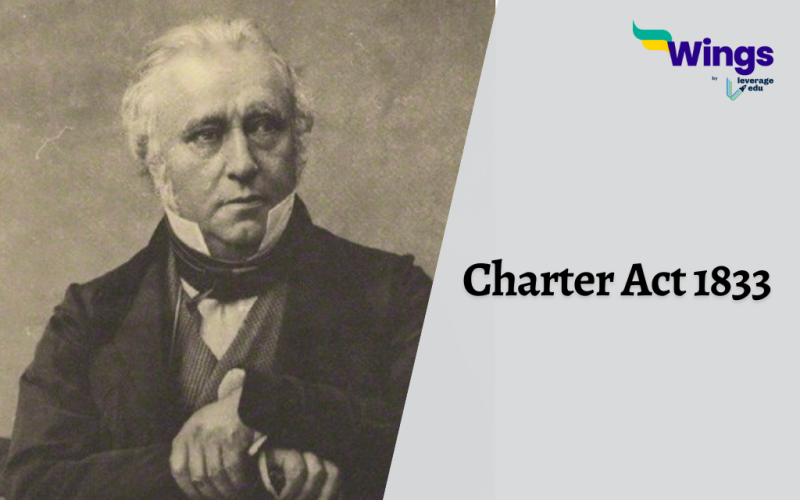The Charter Act of 1833, passed in the Parliament of the United Kingdom, was also known as the Saint Helena Act 1833 or the Government of India Act 1833. The act aimed to bring significant changes to address various issues related to the governance of East India Company and its territories. The act, hence, became a valuable turning point in the administrative history of British India.
Table of Contents
What was the Charter Act 1833?
One of the key changes that came with the Charter Act was the abolition of the Company’s trade monopoly with China. This allowed the private traders to engage in transactions with the East. The act also sought to augment the transparency and accountability in the administration of the East India Company by introducing important reforms. A centralized authority was established in the form of a Governor-General of India who was bestowed with the job of overlooking all the aspects of British India. This helped the company streamline decision-making.
Apart form this the act sought to promote education, under which it allocated funds for the progress of science and literature. All in all, the Charter Act of 1833 laid the groundwork for further constitutional developments and reforms in the governance of British India.
Also Read: The Government of India Act 1919
Features of Charter Act 1833
Following are the main features of the Charter Act of 1833
- The commercial activities of East India Company were stopped and it was converted into an administrative body for British Indian possessions.
- This made India a British Colony
- A centralized authority was established in the form of a Governor-General of India
- The council of the Governor-General had four members, while, the fourth member only had limited powers.
- According to the act it became mandatory for any law that was made in India to be put before the British Parliament and be called an ‘Act’.
- An Indian Law Commission was established
- Codification of Indian Law took place under Lord Macaulay
Also Read: Charter Act 1813: History and Provisions
Significance of the Act
Following are the few significant points about the Charter Act of 1833
- The Charter Act of 1833 was followed by significant changes that happened in Great Britain due to the Industrial Revolution and the principle of laissez-faire.
- The idea of liberalism and reform was prominent during the formation of the Charter Act considering the atmosphere in Britain.
- It was the last step in making the Indian administration centralised
- The commercial activities of East India Company were stopped.
- The company was converted into an administrative body for British Indian territories.
- Indian Laws were codified under Lord Macaulay.
- It made a way for Indians to join government service.
Also Read: What was the Vernacular Press Act of 1878?
You might also like:
We hope you liked our blog. If you want to read more articles like this you can visit our general knowledge page on Indian History!
 One app for all your study abroad needs
One app for all your study abroad needs













